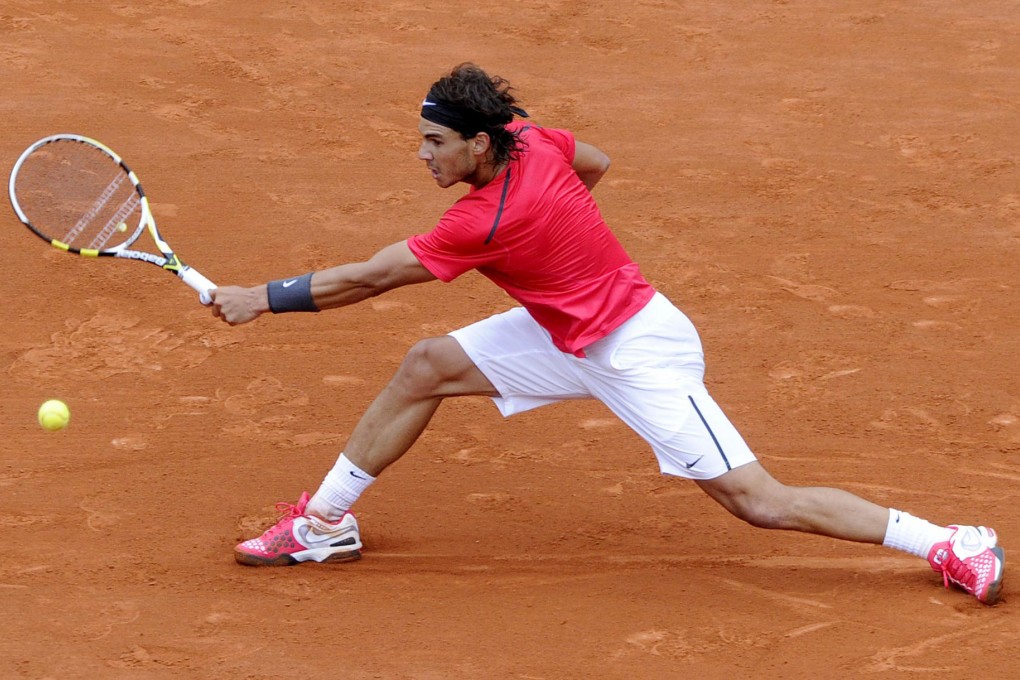
With Rafael Nadal pulling out of the US Open and the ATP tour indefinitely, the burning question - probably second to "When will he return?" - is: what exactly is Hoffa's syndrome?
The Spanish ace announced this month that the injury keeping him away from the game was not the same as the knee tendonitis that had plagued him previously.
Hoffa's syndrome, also known as fat pad irritation, is when the shock-absorbing fatty soft tissue below the kneecap gets pinched between the patellar tendon (attached to the kneecap) and the end of the shin bone.
This may lead to pain, swelling and restricted motion of the knee. Knee tendonitis, on the other hand, happens when repeated stress on the patellar tendon causes it to become inflamed.
As the fat pad is the most sensitive part of the knee, Hoffa's syndrome usually brings extreme pain and tenderness around the bottom of the kneecap.
The condition is typically caused by the hyperextension of the knee - when it's forced beyond its fully straightened position. Direct trauma to the knee due to a fall or knock can also lead to the syndrome.